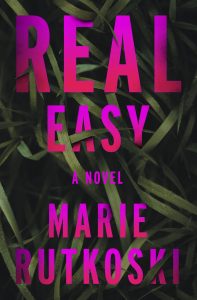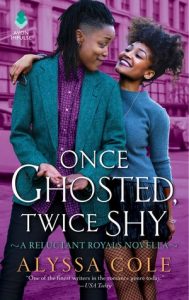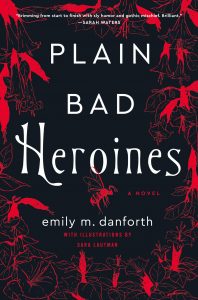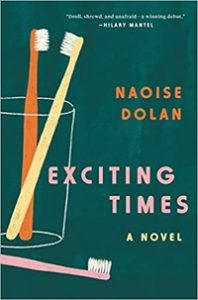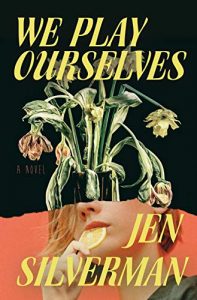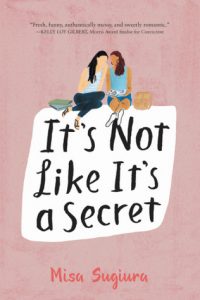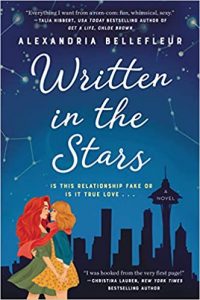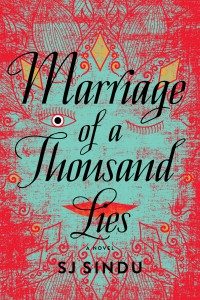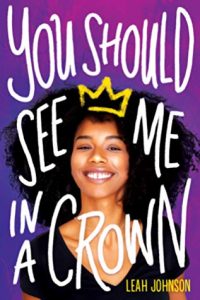Amazon Affiliate Link | Bookshop.org Affiliate Link
Readers might know Marie Rutkoski’s work from her young adult Winner’s Curse trilogy (2014-2016) or her more recent f/f fantasy series, Forgotten Gods. However, Rutkoski’s first novel for adults, Real Easy, is a departure from her usual fantasy fiction while still including queer female characters at the center of her narratives.
Real Easy is a mystery/suspense novel set in America in the 1990s. The text centers around Samantha, who has been a dancer at the Lovely Lady strip club for years. Usually, Samantha’s work and home lives don’t intersect—dancers don’t use their real names, and she’s not interested in forming close friendships with her fellow dancers. But when a new dancer starts at the club and struggles to learn the unspoken rules of life as a dancer, Samantha can’t help but step in. One fateful night, Samantha offers to drive the new woman home, and that decision proves to be a deadly one. Soon, Georgia, another dancer at the club, is drawn into the murder and missing person investigation alongside the detectives on the case, and as the list of suspects shrinks, the Georgia and the detectives’ suspicions grow…
This book, although different than Rutkoski’s usual work, will appeal to her fans and new readers alike. Real Easy has all of the perfect elements of a mystery/suspense novel: intercepted women, scarred detectives, and a setting full of eroticism and danger. But these characters are far from cookie-cutter. This novel was emotional and gut-wrenching. You really grow to know and feel for each of the characters in turn, and this novel, with all of its different perspectives, is driven forward by the motivations of the various characters, all centered around a single crime that is close to home for each central character. I found myself gasping aloud, laughing, and even crying while reading this book. Rutkoski’s writing is so vividly constructed and expertly paced. She proves that moving across genres—with all of their individual tropes and expectations—is easily done with a strong character foundation.
The setting in this novel is so vivid and feels incredibly real. It was fascinating to read a story that is, in part, about queer desire set against a place that is steeped in catering toward heterosexist and male conceptions of desire. The setting, coupled with the queer characters, is inherently transgressive and Rutkoski has clearly carefully constructed the novel to highlight that contrast.
I highly recommend Real Easy to anyone interested in queer fiction, mystery novels, or Rutkoski’s other writing. This novel will not disappoint!
Please visit Marie Rutkoski on Twitter and put Real Easy on your TBR on Goodreads.
Content Warnings: Murder, sexual assault, violence, trauma.
Rachel Friars is a writer and academic living in Canada, dividing her time between Ontario and New Brunswick. When she’s not writing short fiction, she’s reading every lesbian novel she can find. Rachel holds two degrees in English literature and is currently pursuing a PhD in nineteenth-century lesbian literature and history.
You can find Rachel on Twitter @RachelMFriars or on Goodreads @Rachel Friars.

